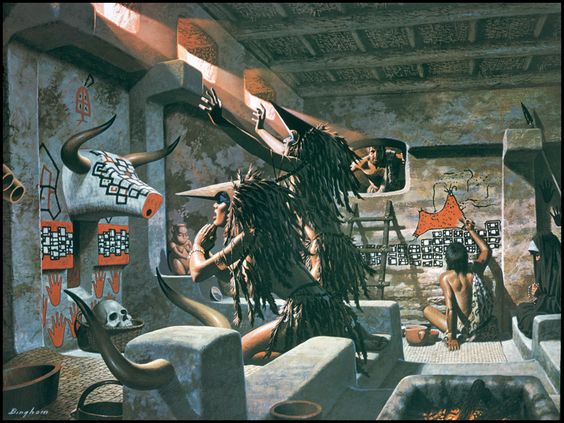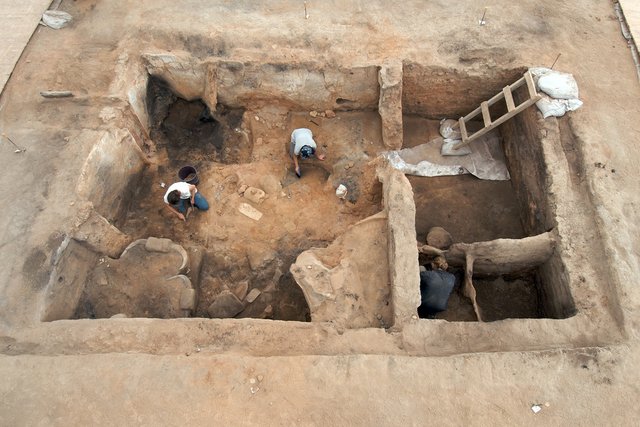Where is Çatalhöyük and What provide to us about prehistoric societies?
Çatalhöyük is one of the earliest settlement in Central Turkey (Anatolia) and dated earlier than 9000 years before present. The settlement was excavated by James Mellart as the first in 1961 - 1965 and second archaeological research team led by Ian Hodder was begun to excavate in 1993 [1].

Çatalhöyük is not only one of the earliest settlement in Anatolia but also well preserved Neolithic architecture remains.
This 9000 years old Neolithic settlement is a key point of new archaeological methods end results provide by post-processual approaches in archaeological studies [2].
The first excavations of Çatalhöyük in the 1960s caused a striking effect for all of the world because of well preserved remains burials of houses and characteristics finding at settlement. Earliest C14 dates of Çatalhöyük was surprised people who believed that the core area of first settlements (Neolithic) should be at Near East (Mesopotamia) and first Anatolian occupants were settled here at latest periods.
Although Mellart excavated Çatalhöyük rapidly every year between 1961 -1965 and got specific information about here, it was too early for thinking a Neolithic settlement with all of the aspects. The 1960s was a golden age for processual archaeology and it was under the sway of modernist theories. Scientific analysis of botanical and zoological remains and other methods was getting extensive at the 60s and later. While positivist methods using by researchers, cognitive and symbolic aspects of prehistoric occupants not examined enough until the 1980s in the world yet.
Ethnographic observations and analogs between traditional societies which not affected by modern life in the present and archaeological remains used at the 1980s and later as commonly.
Ian Hodder was one the researcher who tried to get information from traditional societies for explaining archaeological remains by ethnoarchaeology in this years. He did examinations at African societies and realized the social dynamics of communities. Picked him results at "Symbols in Action" and challenged to traditional approaches in archaeology because of hidden symbols at objects and power of this symbols in societies, personal identities, boundaries and gender [3].
A few years later, Ian Hodder begun to excavate Çatalhöyük and this settlement was fertile for symbolic practices with their wall paints, aurochs heads, reliefs, plastered objects, human burials and other artifacts.

Between 1993 - 2017 years, Çatalhöyük was one of the best known early prehistoric settlement in the world. Hodder and researchers of Çatalhöyük detailed a complicated early society to us. Today Ian Hodder is known as the pioneer of post-processual archaeology. He applied new social theories to archaeology and asked new questions about past [4].
As a well excavated and presented prehistoric settlement Çatalhöyük, provides new aspects and results of for human history.
Sources & References:
First picture: cultprosvet-mag.livejournal.com
Second picture : Flickr page of Çatalhöyük excavation:
https://www.flickr.com/photos/catalhoyuk/3009669797/in/album-72157608731868428/
1- Balter, M. 2006 "The Goddess & The Bull: Çatalhöyük, an archaeological journey to the dawn of civilization", Left Coast Press.
2 - Hodder, I. 2010 "Religion in the Emergence of Civilization, Çatalhöyük as a Case Study", Cambridge University Press.
3 - Hodder I. 1982 " Symbols in Action: Ethnoarchaeological Studies of Material Cultures", Cambridge University Press.
4 - Hodder, I. 2006 "The Leopard's Tale: Revealing the Mysteries of Çatalhöyük", Thames&Hudson
